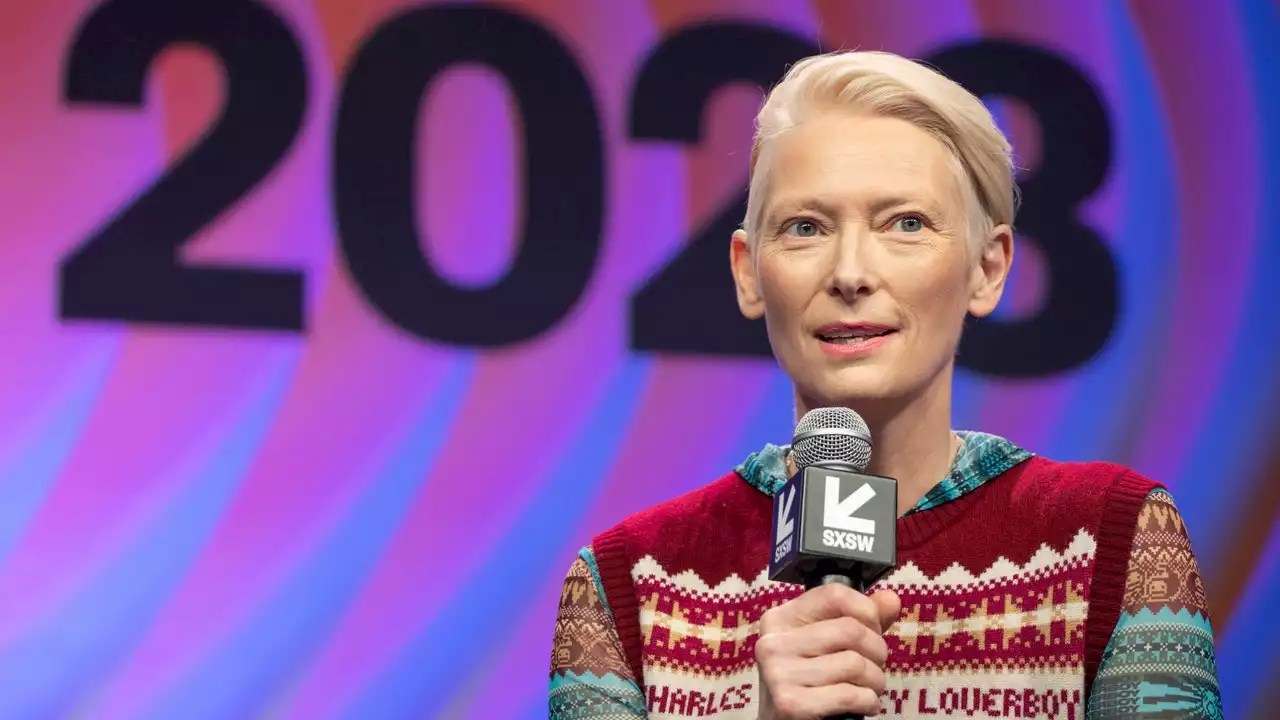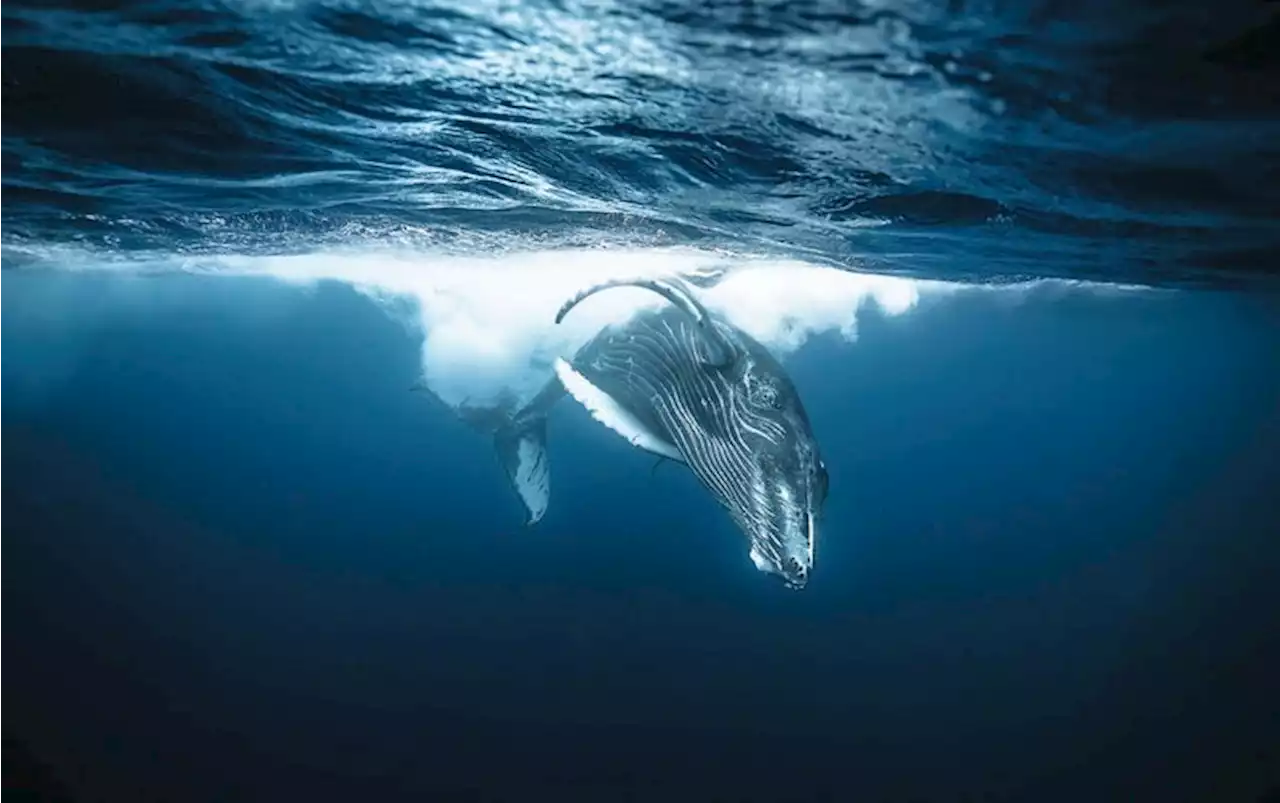How do giant filter-feeding whales find their tiny prey? The answer could be key to saving endangered species
When it's time to eat, humpback whales head toward the ends of the earth. Their mission: feast until they are fat and happy. They must build up their energy reserves, packing on nearly a ton of blubber a week to sustain them on the voyage from their polar and subpolar feeding grounds to the balmy waters where they breed. The journey may require traveling thousands of miles over several months—and they must be ready to reproduce when they arrive.
The North Atlantic right whale, a dark, stocky cetacean that eats rice-size zooplankton called copepods, has the unfortunate distinction of being one of the most endangered mammals on the planet. Commercial whaling nearly extinguished this species in the early 1900s. By 1935 the League of Nations banned the hunting of all right whales. But unlike other species whose numbers plummeted because of whaling, the North Atlantic right whale has been unable to make a comeback.
In 2020, two weeks before the World Health Organization declared the COVID-19 outbreak a pandemic, I boarded a ship to Antarctica to follow one research group's efforts to learn how baleen whales find food. I went as a guest of the cruise operator, Polar Latitudes, to observe a study being carried out by the seven scientists they were hosting on their tourist boat and to lecture on whale evolution.
The team planned to tag humpbacks with custom-built instruments containing pressure sensors, accelerometers, magnetic compasses and hydrophones that record their underwater behavior, along with a radio transmitter to enable tracking. Their permits allowed them to tag only a total of five whales, and they had to do it in just five days—the rest of the 12-day cruise would be spent in transit. They had little room for error.
We were in whale country now, encountering groups of the mammals as they floated on the surface like logs, exhaling tall plumes of moist air. The wet whoosh of whale breath joined the thunder cracks of calving glaciers and the rumbles of avalanches. From my vantage point in a separate Zodiac, two humpbacks came into view. Only their small dorsal fins and the uppermost part of their sleek black backs were visible. They didn't look all that big. But like icebergs, most of their mass is below the waterline. At a distance, you only get a sense of how huge humpbacks are when they wave their great flippers in the air, raise their tail flukes ahead of a deep dive, or propel their entire bodies clear out of the water in a glorious breach.
The second phase of whale evolution unfolded as the planet transformed into a so-called icehouse world. As the Eocene gave way to the Oligocene, tectonic forces dealt a final blow to Gondwana, cleaving apart Australia, South America and Antarctica. When the separation of these landmasses was complete, the Antarctic circumpolar current swept around Antarctica, isolating it from warmer waters and pulling up nutrients from the deep that supported an abundance of phytoplankton and zooplankton.
Rising temperatures are not the only source of pressure on krill. Demand for the small crustaceans has surged over the past two decades, mostly from the nutritional supplements industry, which promotes krill oil as a rich source of omega-3 fatty acids for humans, and the aquaculture industry, which uses krill in feed for farmed fish. Whether the krill fishery is being managed sustainably is a contentious question.
By March the brief austral summer was already drawing to a close. Daylight was ceding time to darkness, and the sea ice was starting to advance. Soon the humpbacks would head north to breed in the warm waters off the western coasts of South and Central America. Maybe that's why they weren't cooperating. Although the researchers had successfully tagged the five whales they had permits for, only two of the creatures went on to feed while they were being monitored.
During the past three years, while waiting for the next Antarctic opportunity, Zitterbart, Owen and their colleagues have been studying the relationship among DMS, zooplankton and baleen whales in the waters off Massachusetts. Because they can't tag North Atlantic right whales, they're looking for correlations between DMS hotspots and right whale aggregations in Cape Cod Bay. The idea is to see if the chemical can be used as a proxy to predict where the whales will show up.
Brasil Últimas Notícias, Brasil Manchetes
Similar News:Você também pode ler notícias semelhantes a esta que coletamos de outras fontes de notícias.
 Wicked Part One Moved Up One Month To November 27th, 2024ICYMI: Wicked is coming even sooner. The first film of the blockbuster Universal two part adaptation will now open one month earlier in theaters.
Wicked Part One Moved Up One Month To November 27th, 2024ICYMI: Wicked is coming even sooner. The first film of the blockbuster Universal two part adaptation will now open one month earlier in theaters.
Consulte Mais informação »
 One hiker dead, one still missing as 11 more are airlifted due to severe weatherNEW YORK — At least one hiker is dead and one still remains missing after a group of three were reported missing in Utah on Monday, officials say.
One hiker dead, one still missing as 11 more are airlifted due to severe weatherNEW YORK — At least one hiker is dead and one still remains missing after a group of three were reported missing in Utah on Monday, officials say.
Consulte Mais informação »
 Alexey Navalny knows about CNN documentary's Oscar win, his daughter says | CNNImprisoned Russian anti-corruption campaigner Alexey Navalny knows the CNN film about his life has won an Oscar, his daughter said Monday.
Alexey Navalny knows about CNN documentary's Oscar win, his daughter says | CNNImprisoned Russian anti-corruption campaigner Alexey Navalny knows the CNN film about his life has won an Oscar, his daughter said Monday.
Consulte Mais informação »
 Tilda Swinton Is Over COVID Protocols, and Doesn’t Care Who KnowsWhile giving the keynote address at the SXSW Festival, the Oscar winner reportedly revealed that she no longer feels compelled to wear masks on set.
Tilda Swinton Is Over COVID Protocols, and Doesn’t Care Who KnowsWhile giving the keynote address at the SXSW Festival, the Oscar winner reportedly revealed that she no longer feels compelled to wear masks on set.
Consulte Mais informação »
